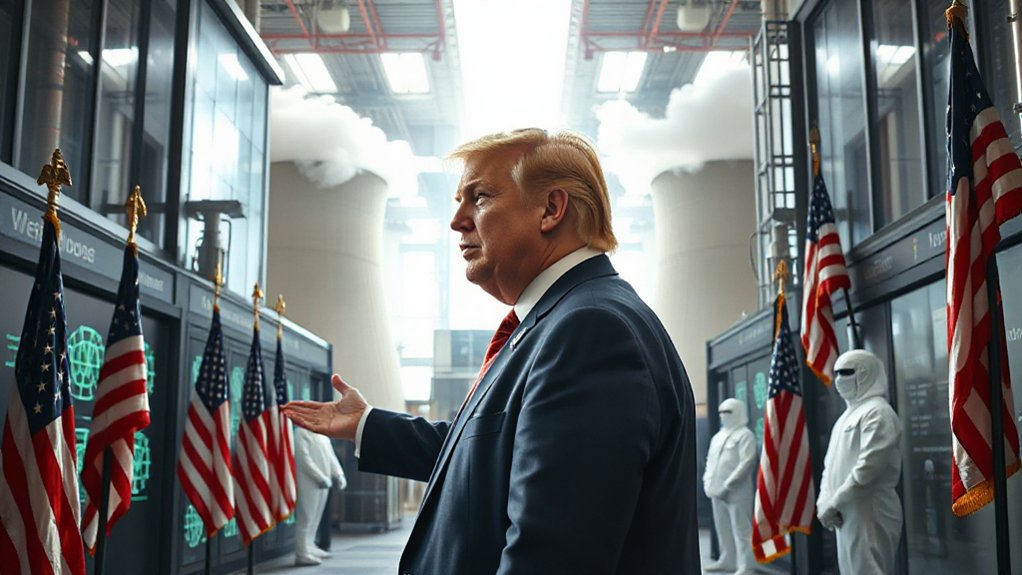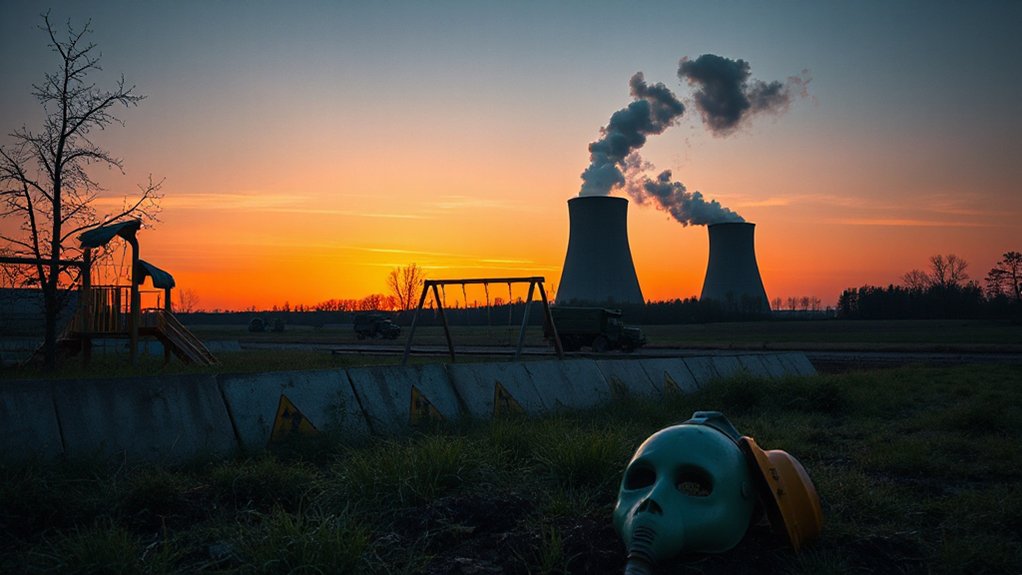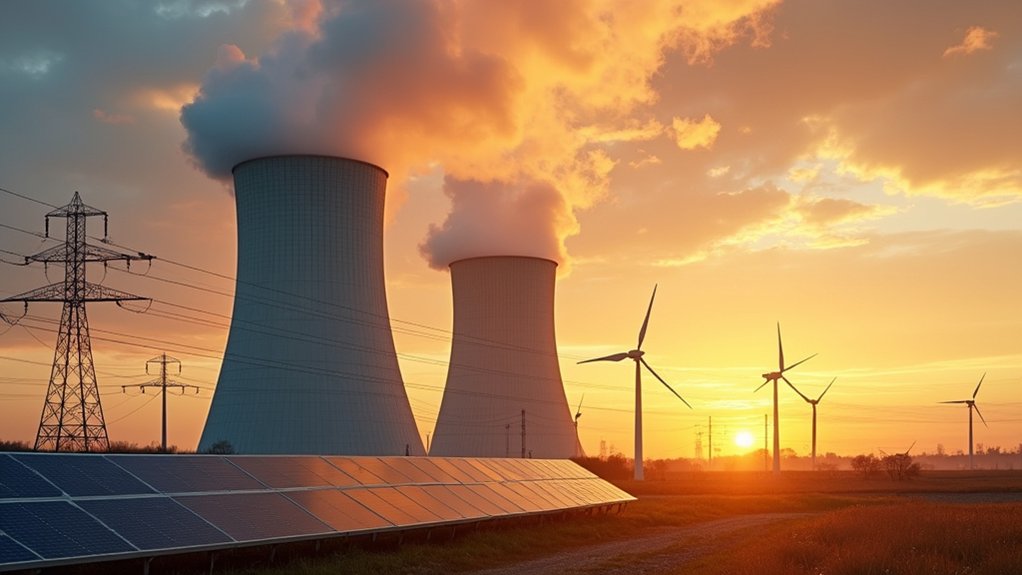A power play of unprecedented scale. That’s what President Trump announced on October 27, 2025, revealing an $80 billion nuclear deal that could reshape America’s energy landscape. The agreement with Westinghouse Electric, Cameco Corporation, and Brookfield Asset Management aims to construct a fleet of AP1000 nuclear reactors across the country. Not exactly small potatoes.
The deal isn’t happening in isolation. It’s part of a massive $500 billion Japanese investment framework into U.S. energy infrastructure established earlier in July. Japanese taxpayers are reportedly footing much of the bill. How convenient.
Westinghouse’s AP1000 reactors are the stars of the show. They’re already commercialized with an established U.S. supply chain. The plan? Build approximately eight new reactors. For context, America built just two nuclear reactors in the previous three decades—both Westinghouse AP1000s at Plant Vogtle, finished in 2023 and 2024. The Nuclear Regulatory Commission has extended the AP1000 design certification to 40 years, expiring in 2046. The investment seems questionable when the same $80 billion could alternatively fund 48,000 MW of combined wind and solar power generation capacity.
Nuclear is back with the AP1000—proven tech for America’s ambitious eight-reactor expansion after decades of energy stagnation.
The financial structure gives the U.S. government a sweet deal: future participation interest entitling it to 20% of cash distributions above Westinghouse’s $17.5 billion threshold. The government’s also stepping in with permitting support. Public-private partnership at its finest.
Jobs, jobs, jobs. That’s the promise—tens of thousands of them, particularly in Pennsylvania and other energy regions. The timing couldn’t be more strategic with U.S. energy demand skyrocketing, largely thanks to power-hungry AI data centers expected to double their consumption within a decade. This aligns with the Department of Interior’s recent push for energy independence through expanded oil and gas development in Alaska.
Speaking of AI, that’s the real endgame here. The administration is framing this as essential to winning the global AI race. Can’t run those massive data centers on hopes and dreams, after all. They need consistent, reliable power—something nuclear delivers in spades.
Trump’s nuclear gamble represents the administration’s most ambitious attempt yet to revitalize America’s industrial nuclear capabilities while positioning the U.S. as the undisputed energy heavyweight in the AI-powered future. Bold move. We’ll see if it pays off.
References
- https://www.nirs.org/trumps-westinghouse-nuclear-fiasco-wasting-money-on-a-corrupt-game-of-hot-potato/
- https://www.klgates.com/US-Government-Announces-Historic-80-Billion-Nuclear-Partnership-with-Westinghouse-Electric-Company-Cameco-Corporation-and-Brookfield-Asset-Management-to-Construct-AP1000-Reactor-Fleet-10-30-2025
- https://nam.org/u-s-westinghouse-ink-80-billion-nuclear-deal-35084/
- https://westinghousenuclear.com/strategic-partnership/








